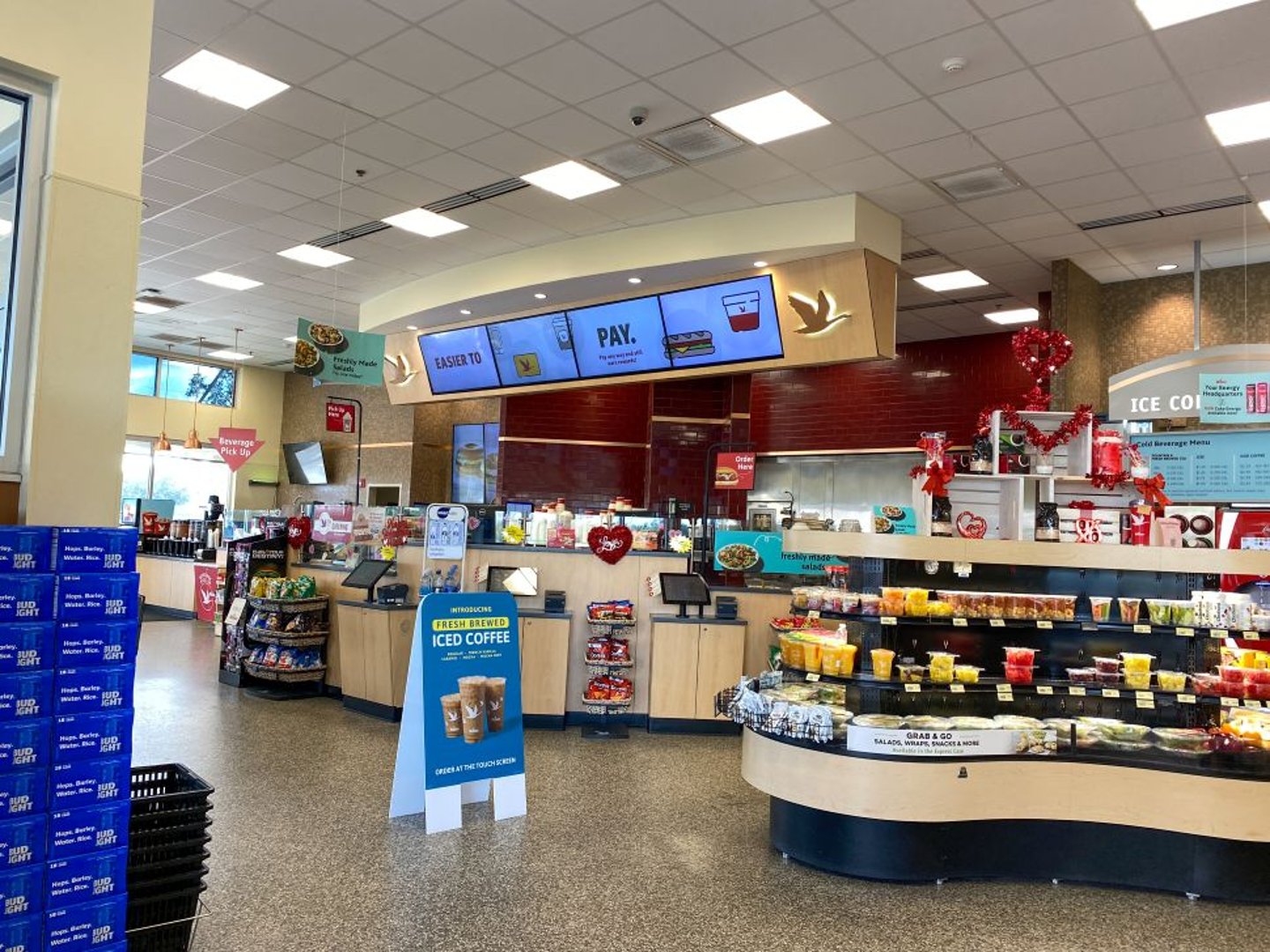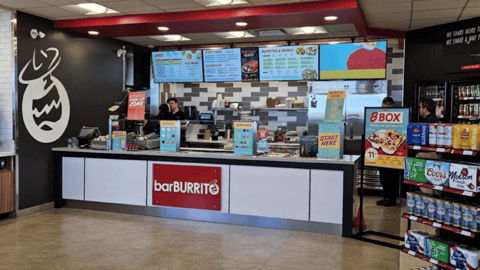Fanning the flames
Convenience and gas (C&G) in Canada is at a crossroads facing an opportunity to evaluate their value proposition and competitive set in food and beverage. In this article, we’ll explore C&G’s opportunity to invest in foodservice offerings and compete more directly with quick-service restaurants (QSR).
Under rising costs of living, even more affluent consumers are scrutinizing their spending. While consumers tell Ipsos that cutting back on quality food and beverages is not their first choice, concessions must be made. Among the first tactics customers use to continue enjoying the things they love is to find it cheaper at a different retailer, wait for a deal, or trade down brands. Restaurants are also on the chopping block, but Canadians would rather trade down to more affordable venues and menus than avoid it all together.
The threat
Canadians cost-managing behaviour is both a crisis and opportunity for C&G operators, or what Homer Simpson would call a “crisa-tunity.” C&G is there for us when we need food and beverages in a pinch—on the road, late at night, unprepared, now and nearby—but they have a reputation for charging a premium for the privilege.
This puts the part of the business that competes with grocery and mass-merchandise retailers at risk. Ipsos Food and Beverage tracking data is telling us three things.
1. Consumers who can plan-ahead are shopping elsewhere, leaving C&G more dependent on spontaneity.
2. C&G purchases are increasingly likely to be driven by deals, discounts, and promotions.
3. Consumers are increasingly attracted to the value proposition of fresh prepared foods and beverages.
The opportunity
Convenience and gas has more than a foot in the door when it comes to fully prepared items for immediate consumption, aka foodservice. The Ipsos FIVE daily consumption tracker tells us that nearly a third of C&G food and beverage items are consumed within an hour of purchase and another quarter are consumed at least within the same day. Prior to the trials of 2024, the Ipsos Foodservice Monitor reported that C&G had been steadily gaining share of traffic and dollars since 2015. Consumers have a demonstrated willingness to embrace C&G as a foodservice destination in direct competition with QSRs.
Convenience stores can provide a reprieve for young and/or low-income Canadians who are getting priced out of even QSR. Average eater cheques at snack occasions are similar between C&G and QSR, but meal occasions are on average $2 less expensive at C&G. At the same time, if a C&G operator serves a meal occasion instead of a snack occasion, they can bump up their eater cheque by an average of $2, making the most out of a precarious customer base.
Top C&G chains have been leading the charge and raising the bar for customers’ expectations for foodservice. Since 2015, entrées steadily gained share stomach at C&G from 10% to 25% of items consumed. Within those items, customers embrace menu expansion beyond cold sandwiches to hot sandwiches, burgers, hot dogs, pizza, Tex-Mex, chicken, meatballs etc. This growth offsets some declines in lower-cheque beverage and confection categories lost to retail.
Competing with QSR
If C&G is going to give QSR a run for their money, marketers and operators will have to establish a clear point-of-difference as to why consumers should choose a C&G brand.
Convenience stores do not have a monopoly on convenient meals. In the mind of the consumer, C&G and QSR brands are neck-and-neck when they need something nearby and quick. The two channels are quite similar in consumers’ mind on a variety of functional and emotional visit drivers, which implies C&G has a “right to play,” but where does C&G stand out?
Advantages of choosing a C&G for a foodservice meal currently come down to portability, staying focused, having no food at home, refreshment, boredom, spontaneity, and late-night access. However, leaders in this opportunity will raise the bar so that they can be seen on equal footing with QSR for brand drivers related to quality and emotional fixation with the product served—craving, treat, comfort and taste.
A positive opportunity for C&G is leveraging the improved sense of social acceptability amongst new generations. They see it as a place to explore new things and find fun experiences, perhaps aided by the futuristic vision of C&G as seen from around the world.
Convenience stores have an opportunity to provide a solution for Canadians during continued social and economic disruption. Leaders will reshape expectations for fresh and tasty options and connect to the open-mindedness and excitement young adults have for exploration in this channel. C&G is uniquely positioned to provide an affordable indulgence so that foodservice remains accessible to all and does not retreat too far into the realm of luxury in 2025.
Emma Balment, director, Ipsos, Market Strategy and Understanding, Food and Beverage Group, has dedicated her career to supplying major brands in the Food and Beverage industry with the consumer insights they need to develop competitive strategies. Leveraging a team of industry experts and powerful syndicated data sets such as the FIVE Consumption Tracker, and the Foodservice Monitor, Emma specializes in uncovering growth opportunities for manufacturers, retailers, and foodservice operators by providing a deep understanding of their consumer and competitive [email protected]



